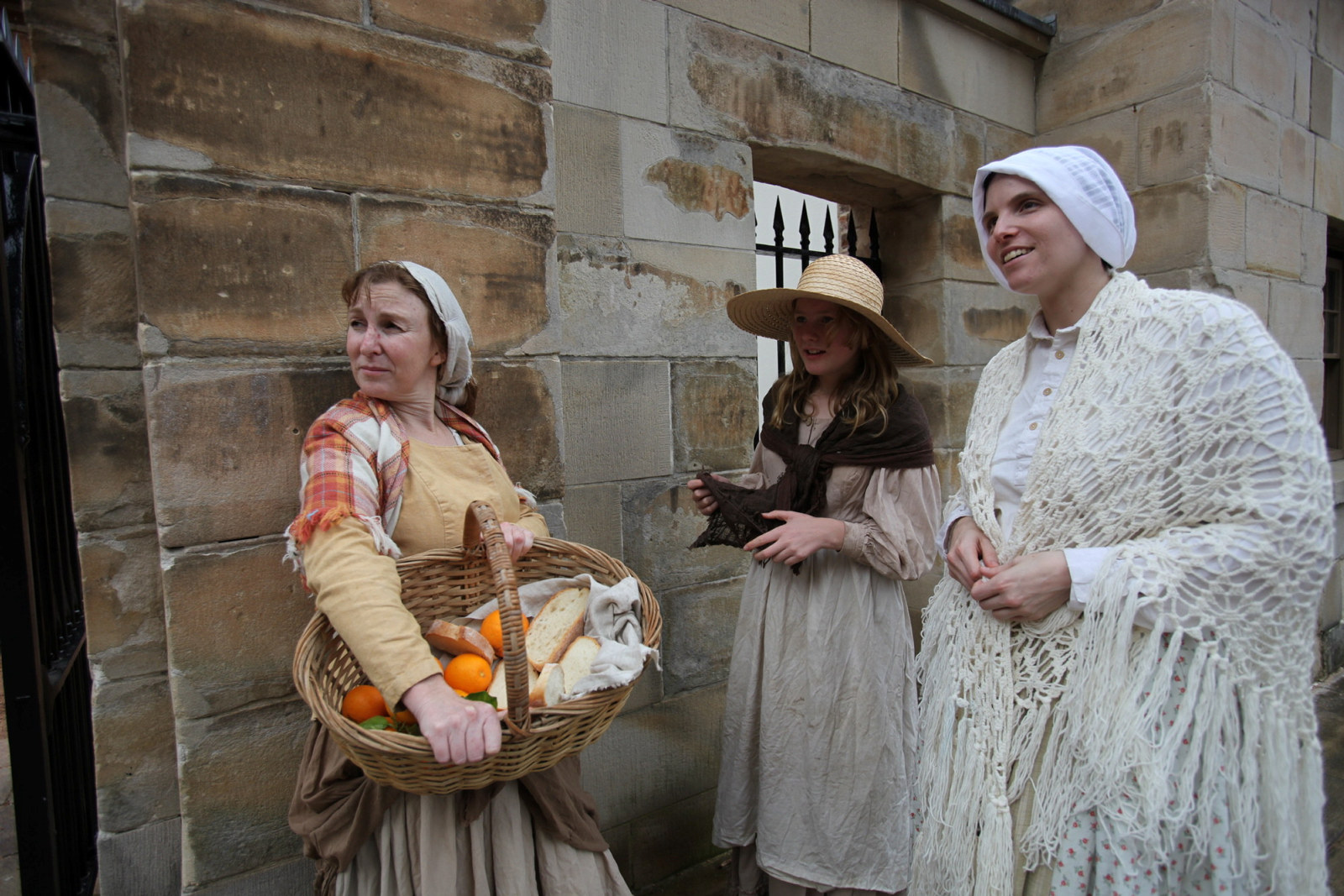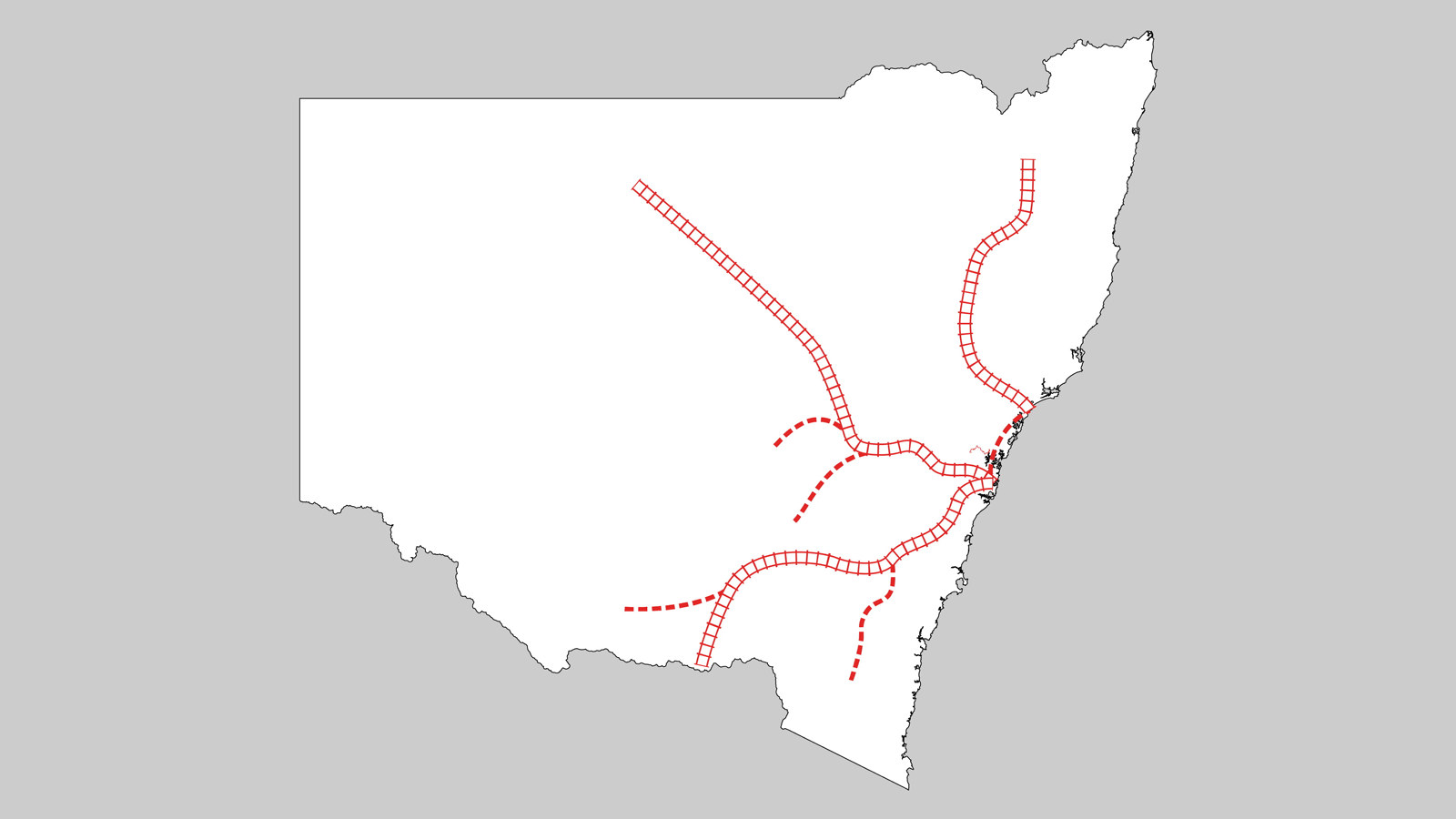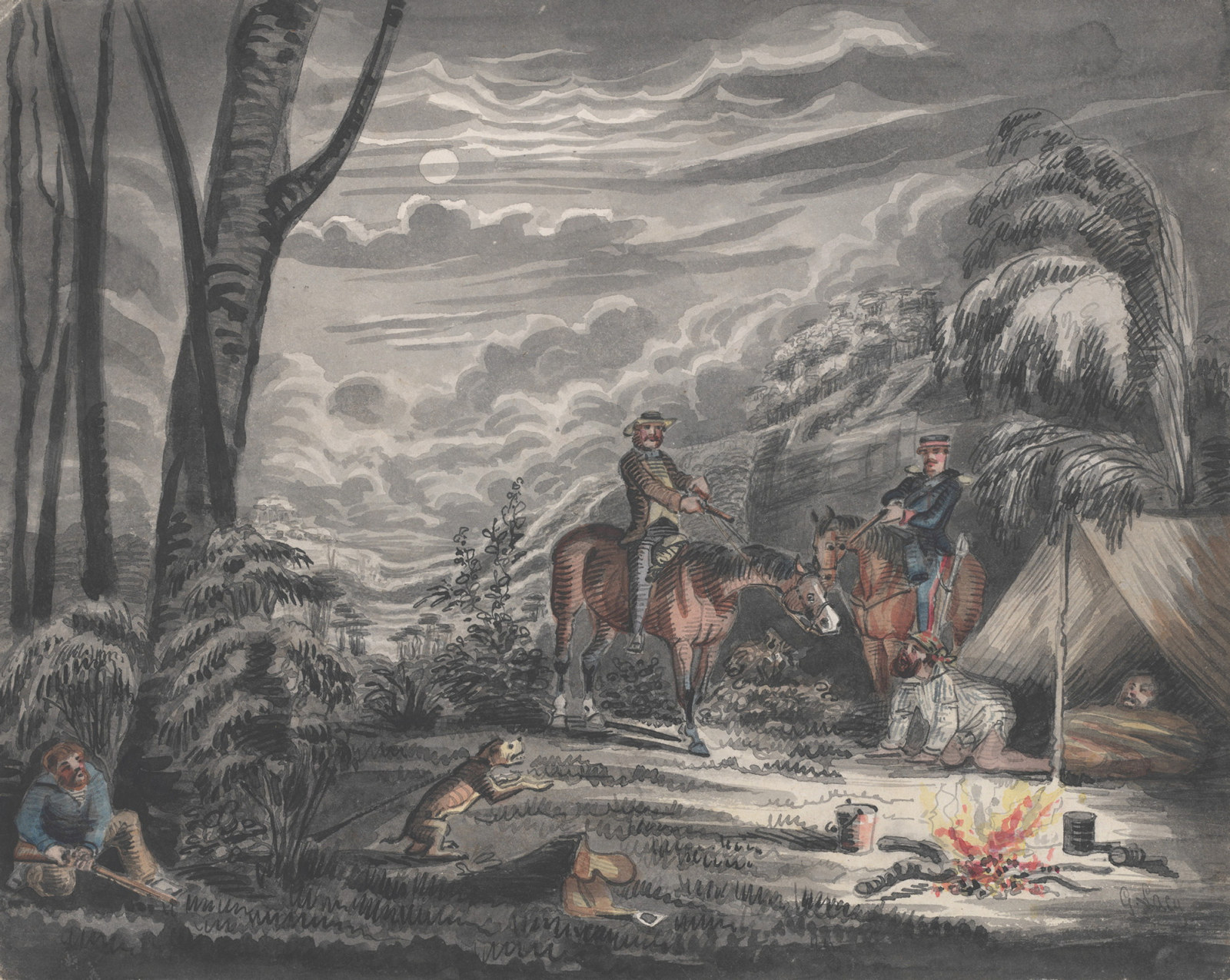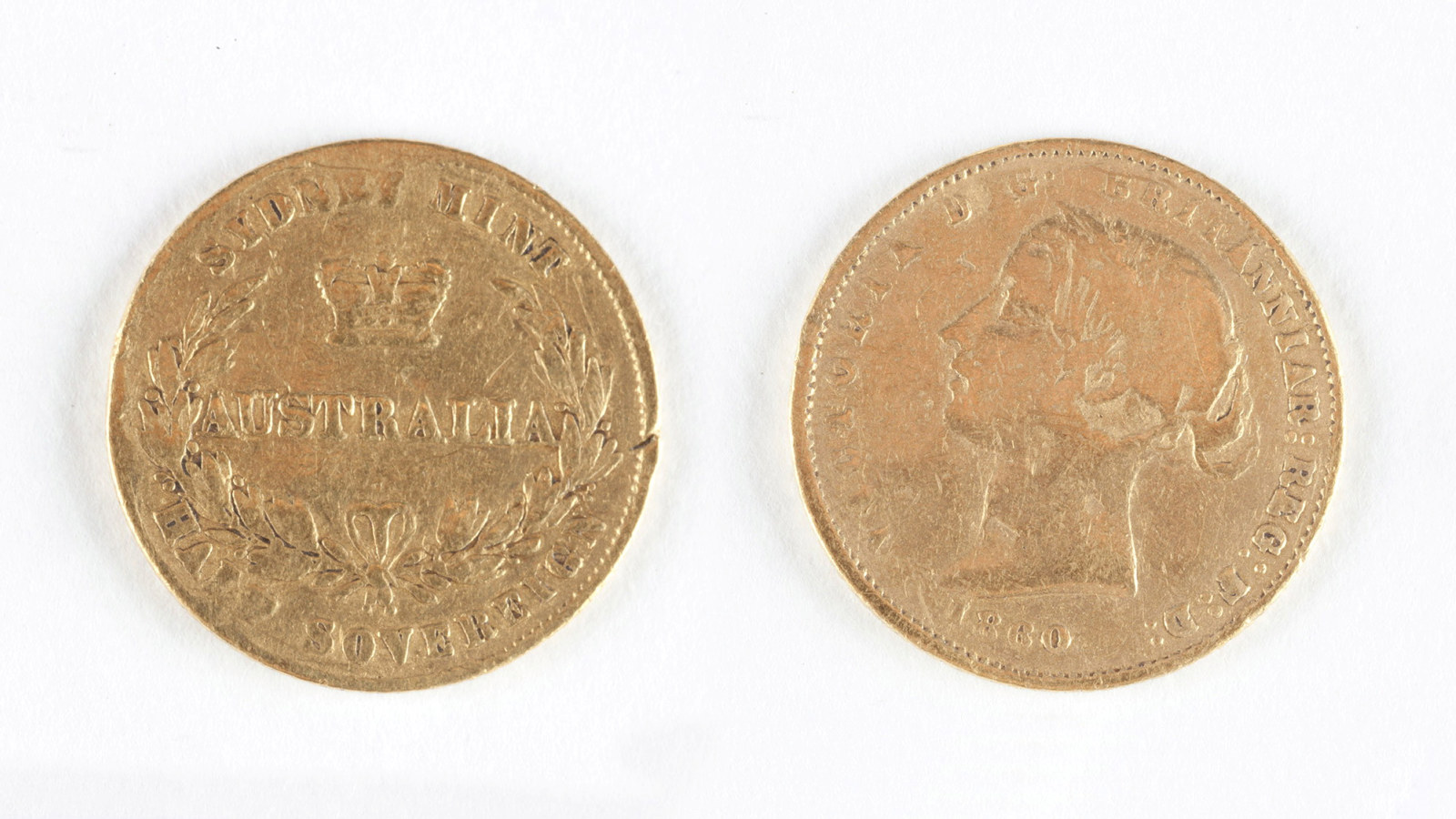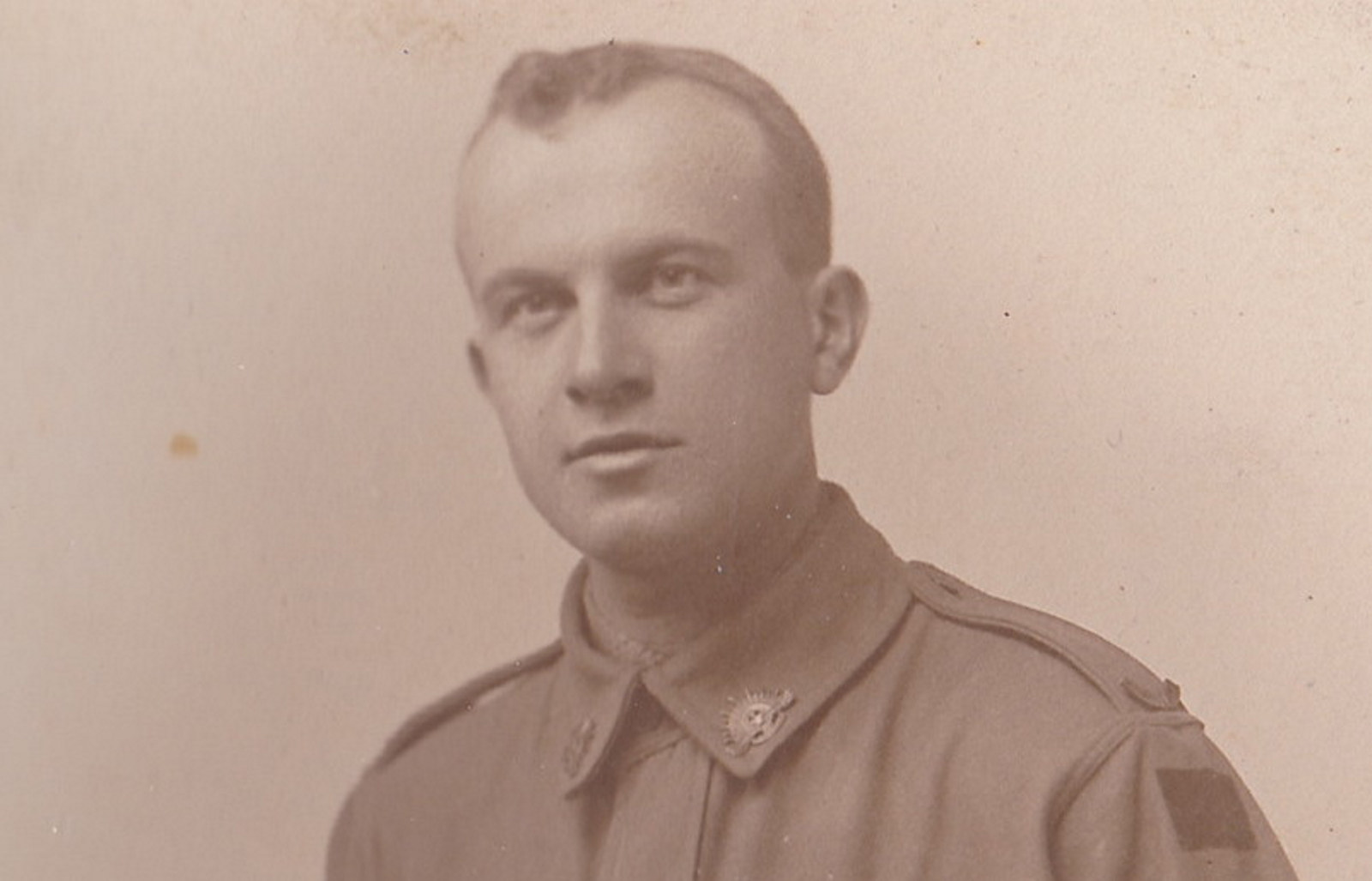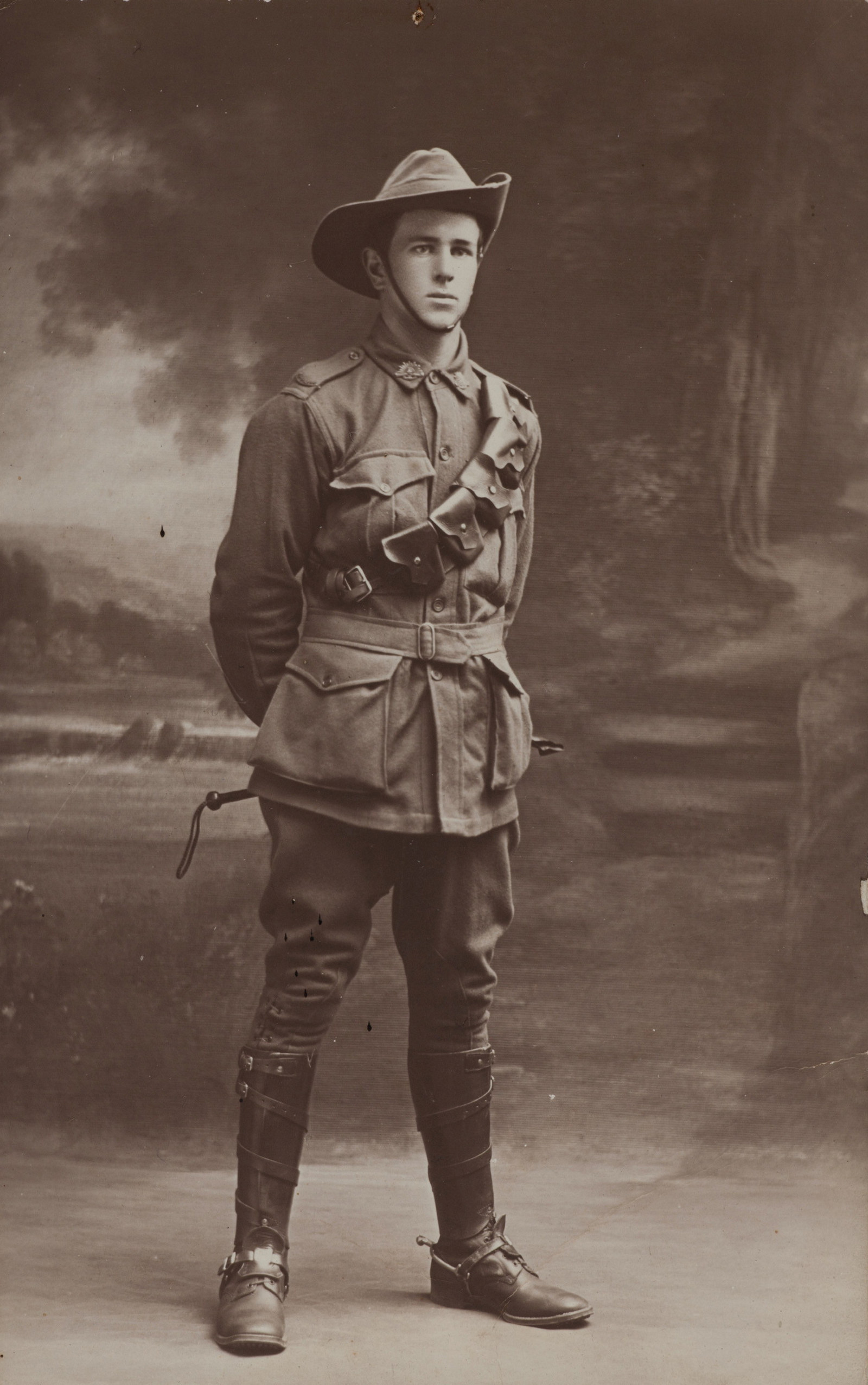Learning resources
Primary resources
A range of online resources designed to support student learning in the classroom or at home.
Stage 1
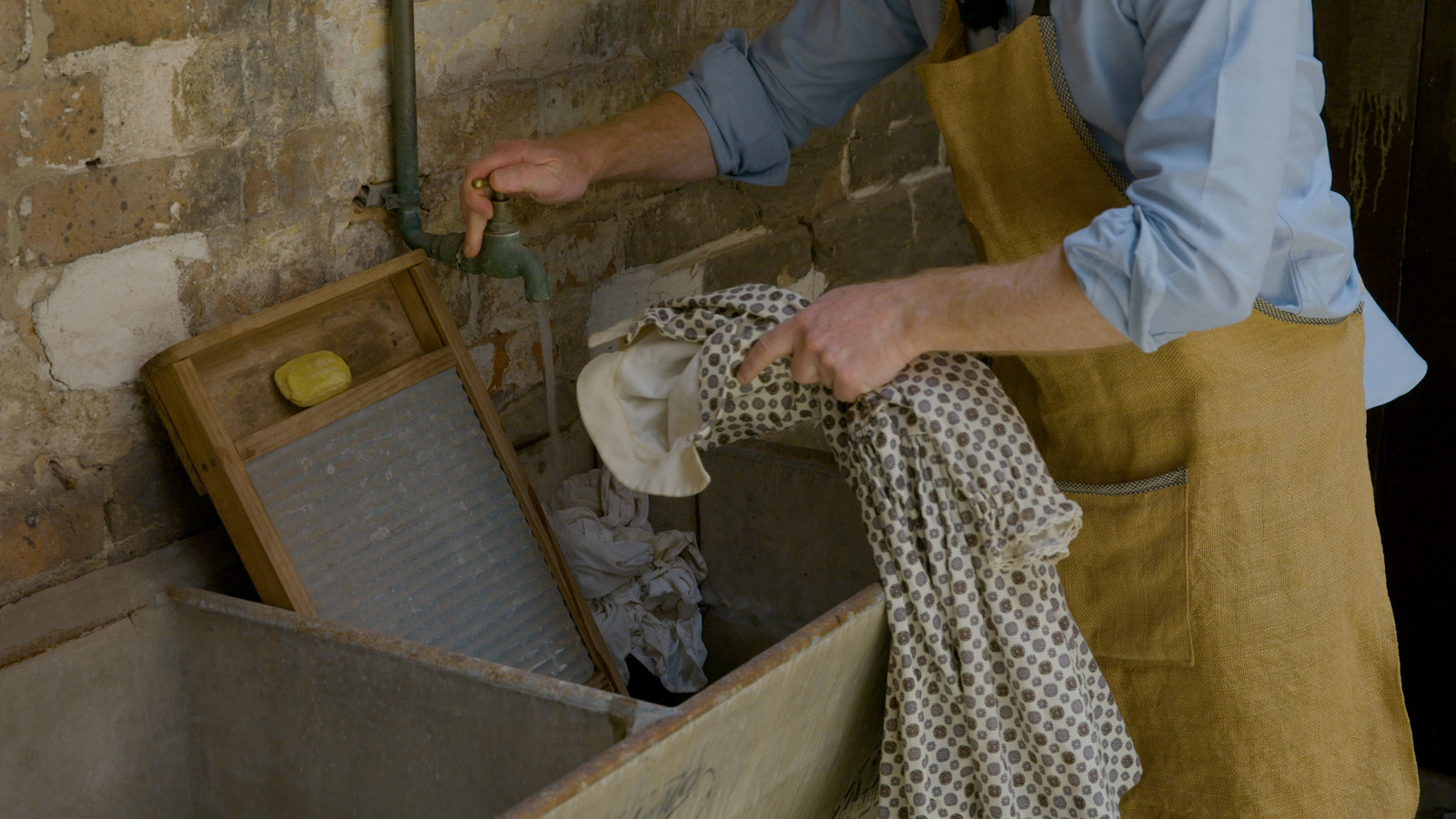
Resource
Life in the past...stinks!
We can’t go back in time, we can still visit the places where people once lived and worked - and do some of their jobs

Growing up in the early 1900s
What was life like for ordinary working-class children living in the suburbs or on the fringes of Australian cities in the early 1900s?
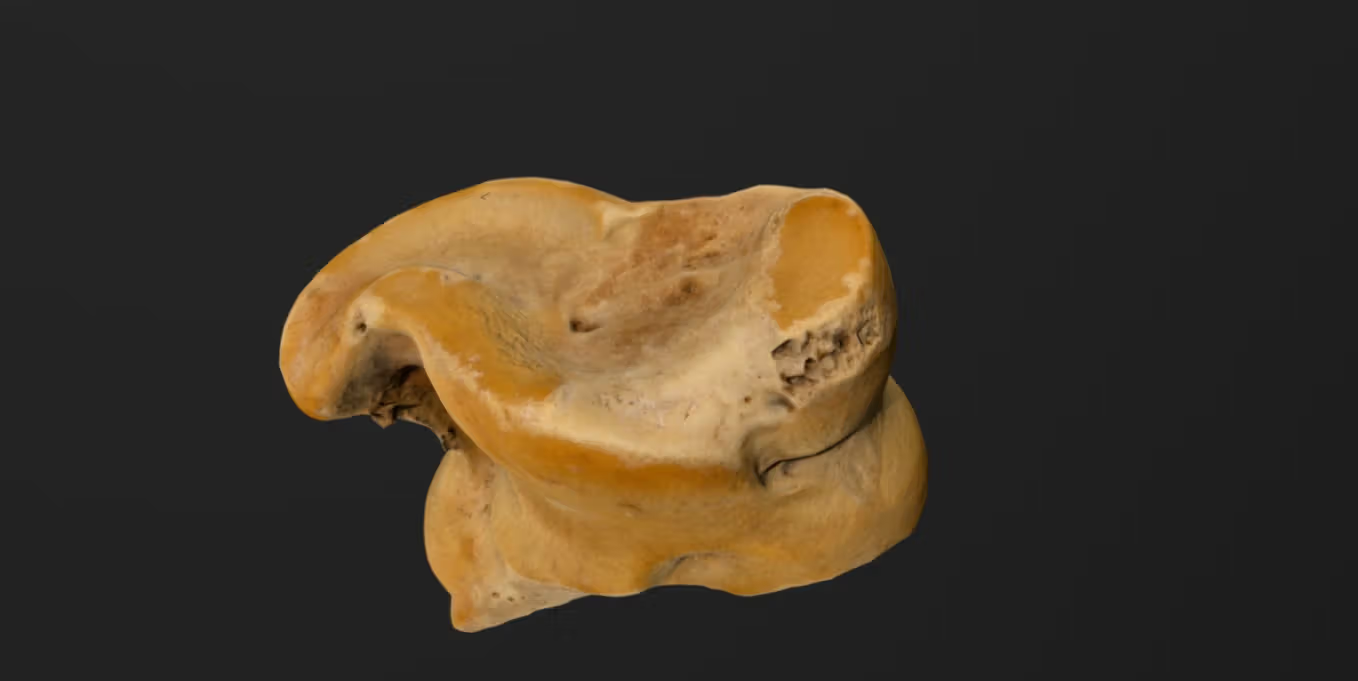
Resource
Toys in the past
Let your Stage 1 students explore this 3D mystery object to find out more about games played by children and adults in the past
Stage 2

Resource
Terra nullius, Perspectives, Reconciliation
What was terra nullius? How can you examine Australian history from Aboriginal perspectives? How does understanding past decisions, help Reconciliation?
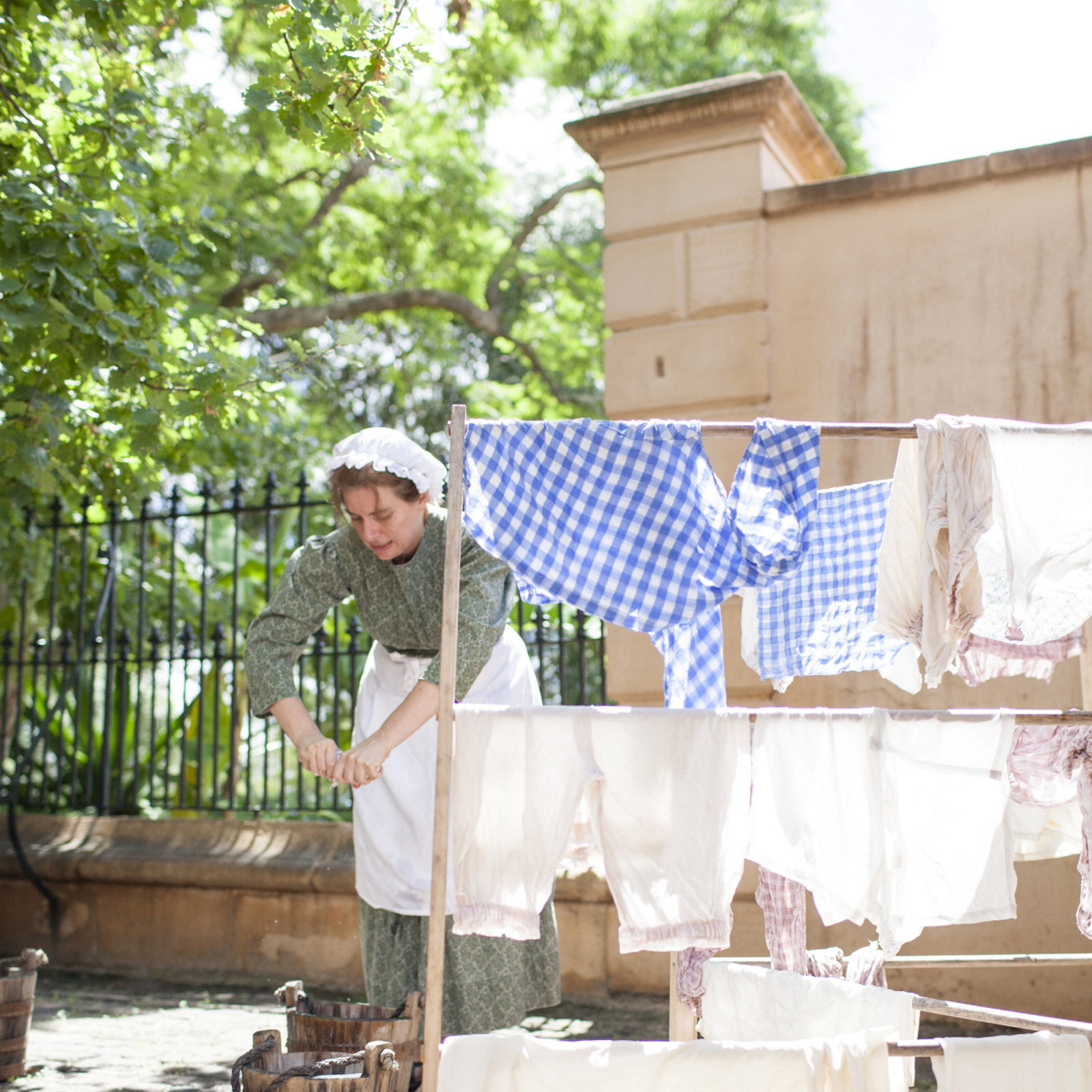
Resource
Day in the life of a convict
Between 1819 and 1848 over 50,000 male convicts passed through the Hyde Park Barracks
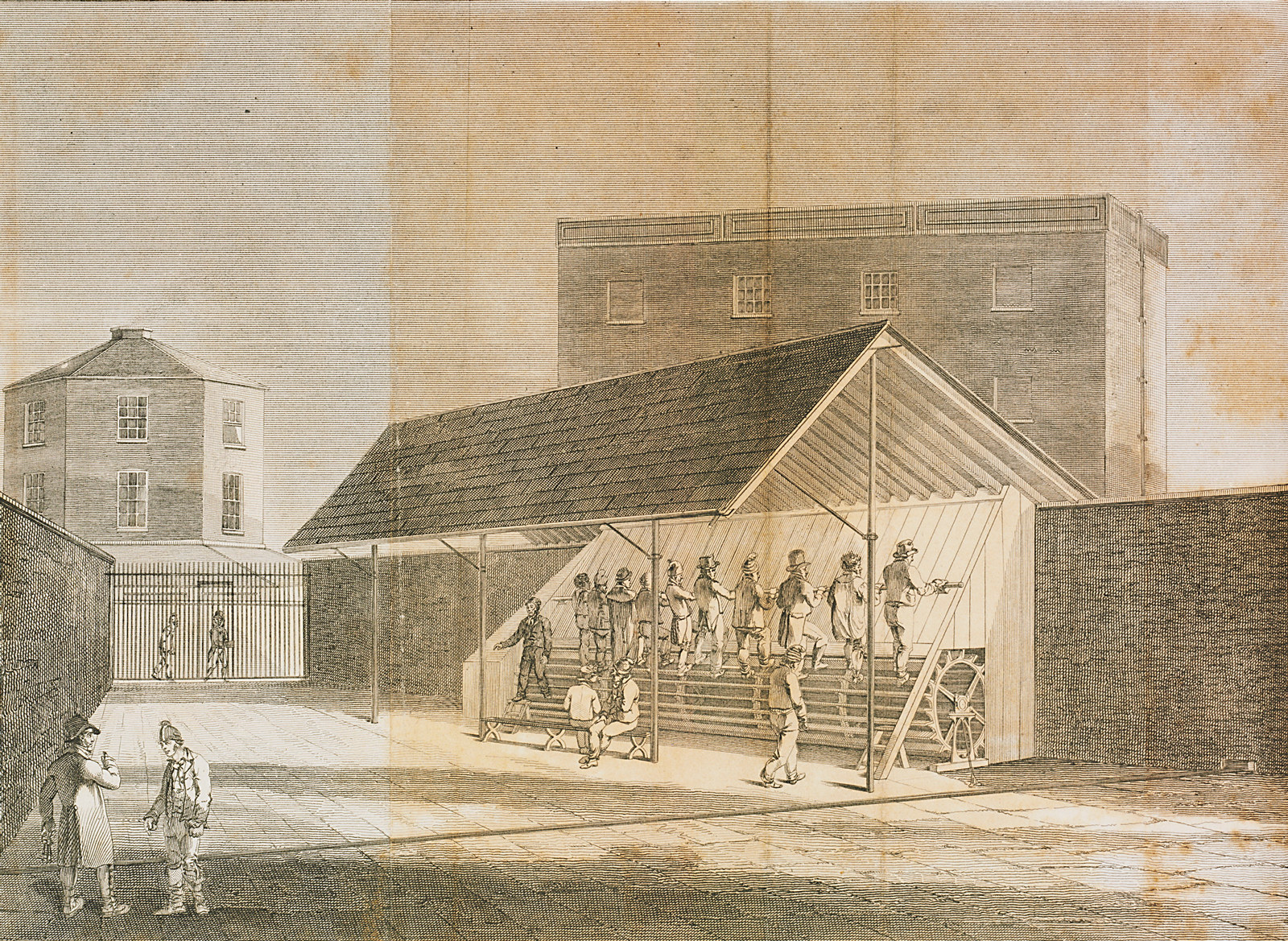
Convict Sydney
Convict punishment: the treadmill
As a punishment, convicts were made to step continuously on treadmills to power wheels that ground grain

First Fleet Ships
At the time of the First Fleet’s voyage there were some 12,000 British commercial and naval ships plying the world’s oceans
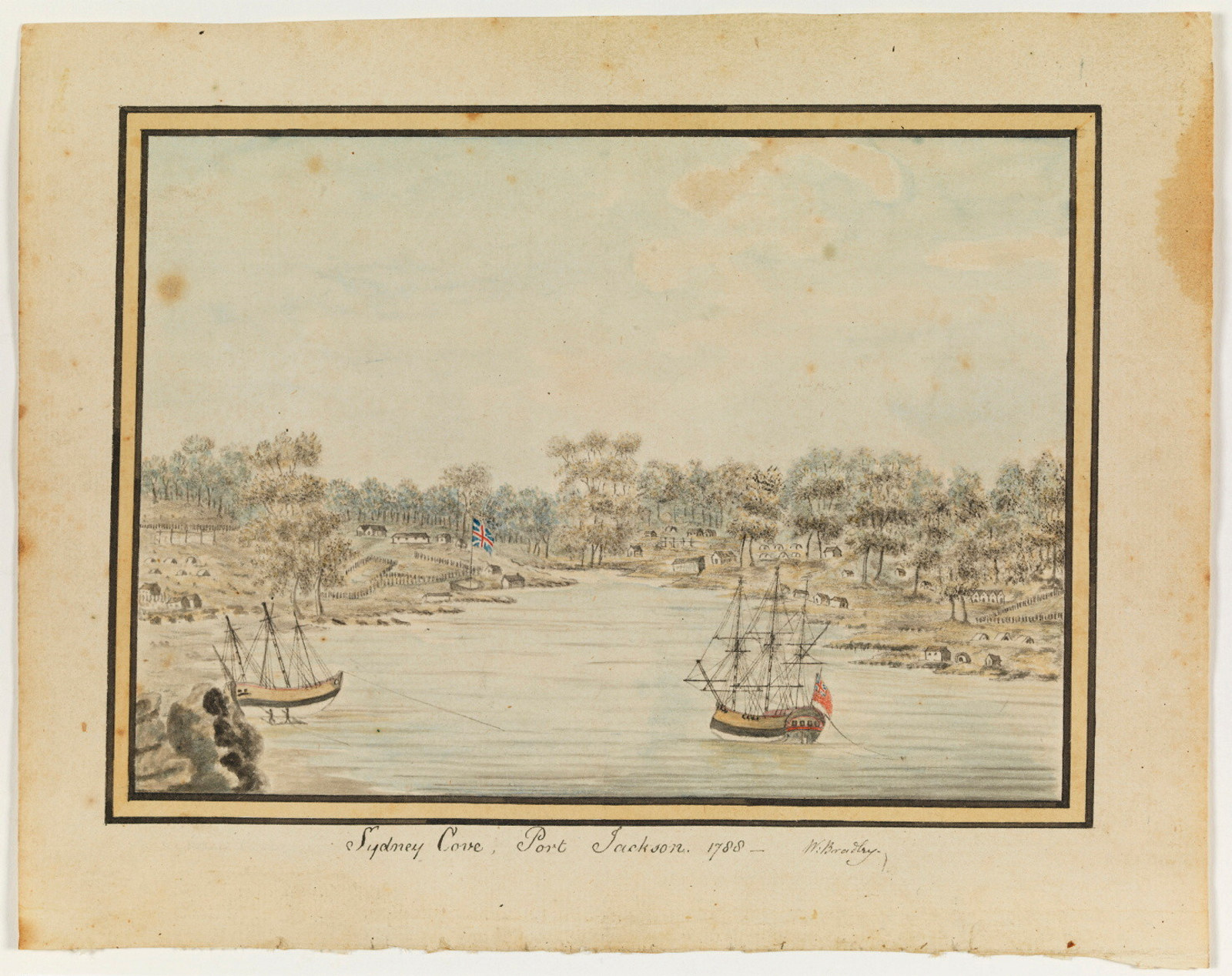
Why were convicts transported to Australia?
Until 1782, English convicts were transported to America, however that all changed after 1783
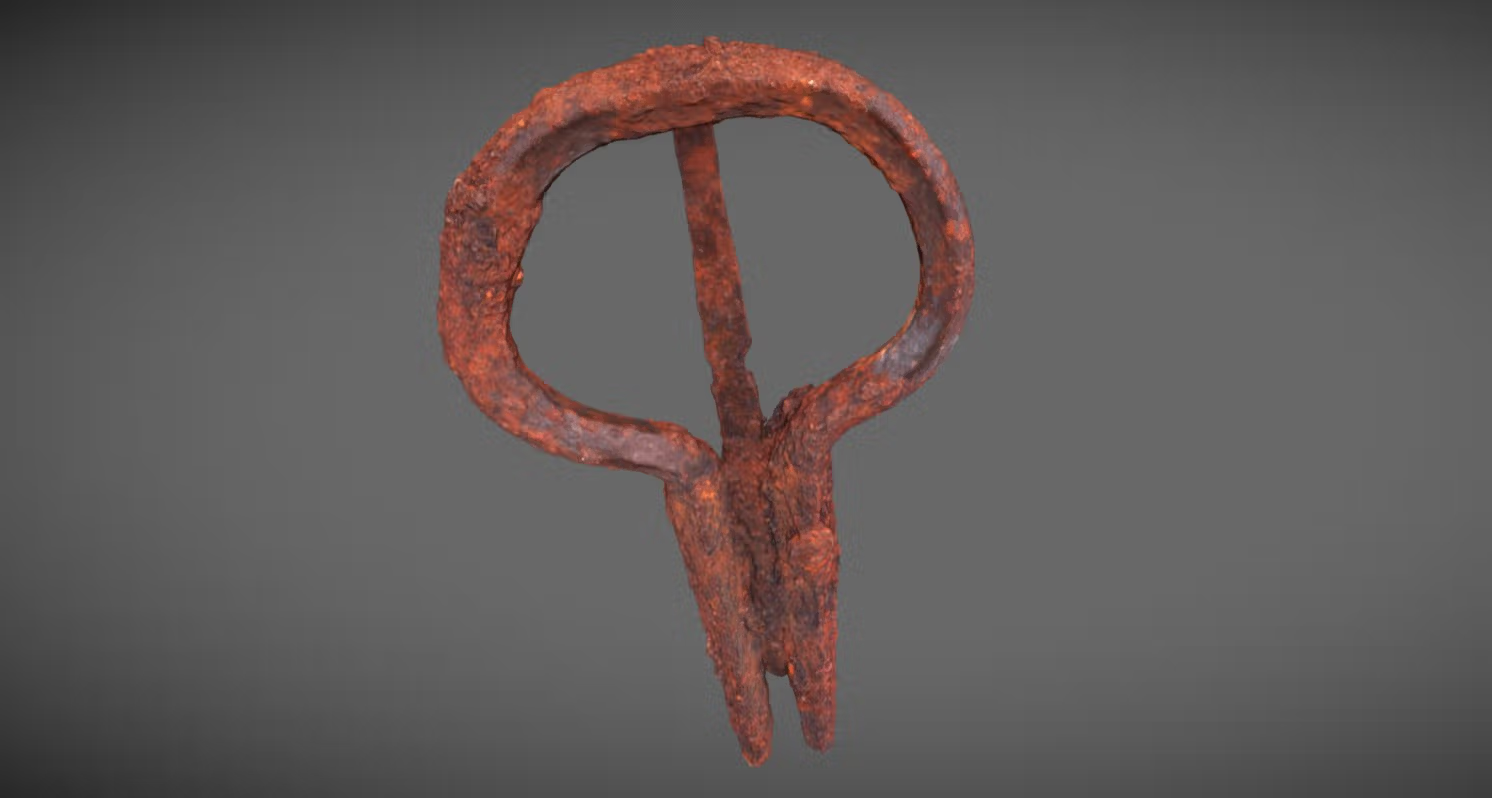
Resource
Convict life
What can this object from the 1800s tell us about convict life at Hyde Park Barracks?
Stage 2 & 3

Resource
Understanding the Art of Place
Discover how we can understand and connect to place through art, and consider how a place can mean different things to different people

Resource
Terra nullius, Perspectives, Reconciliation
What was terra nullius? How can you examine Australian history from Aboriginal perspectives? How does understanding past decisions, help Reconciliation?
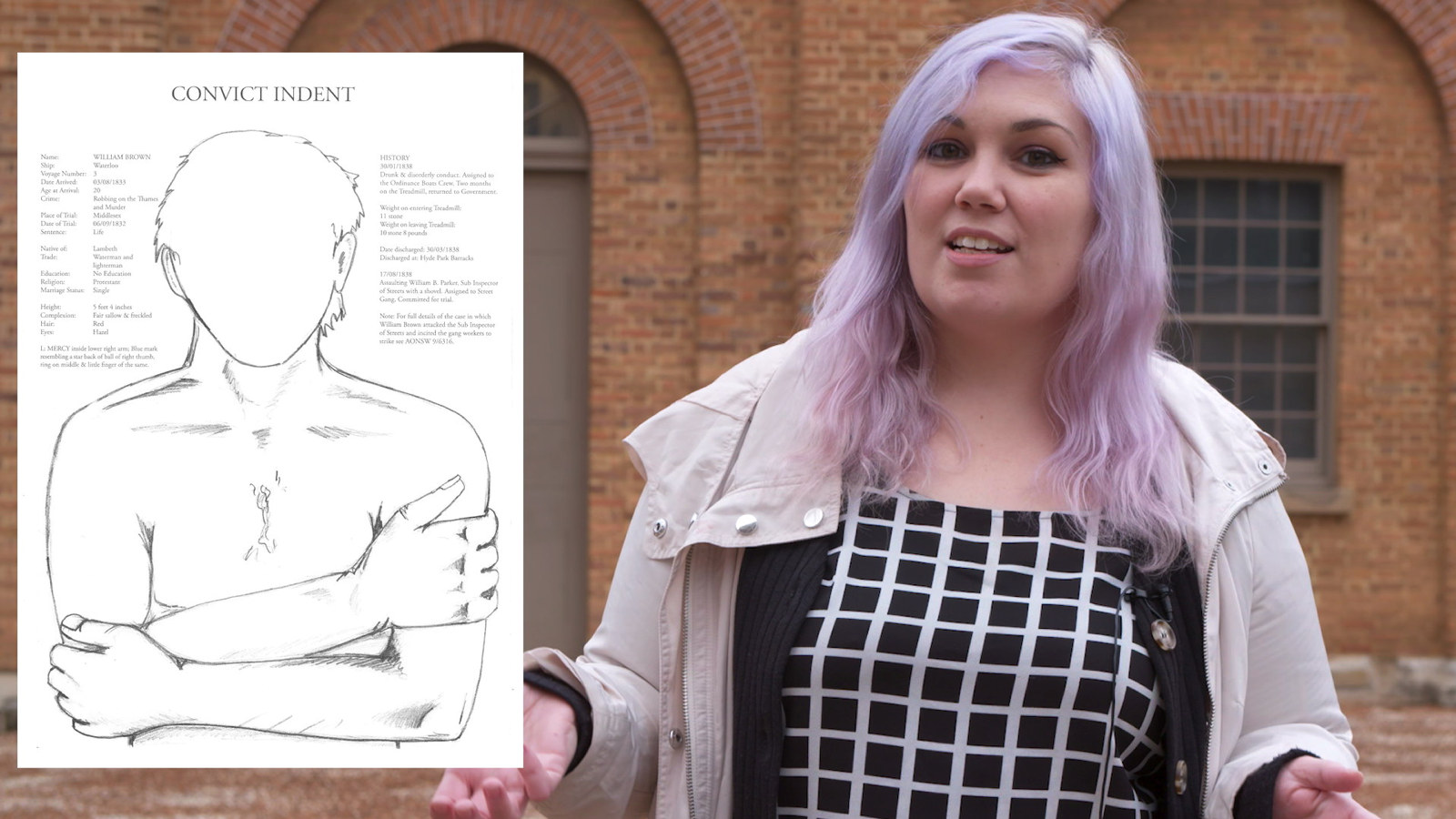
Activity: draw a convict from an indent
Watch this short video and learn how to use an original Convict Indent listing to draw a real convict
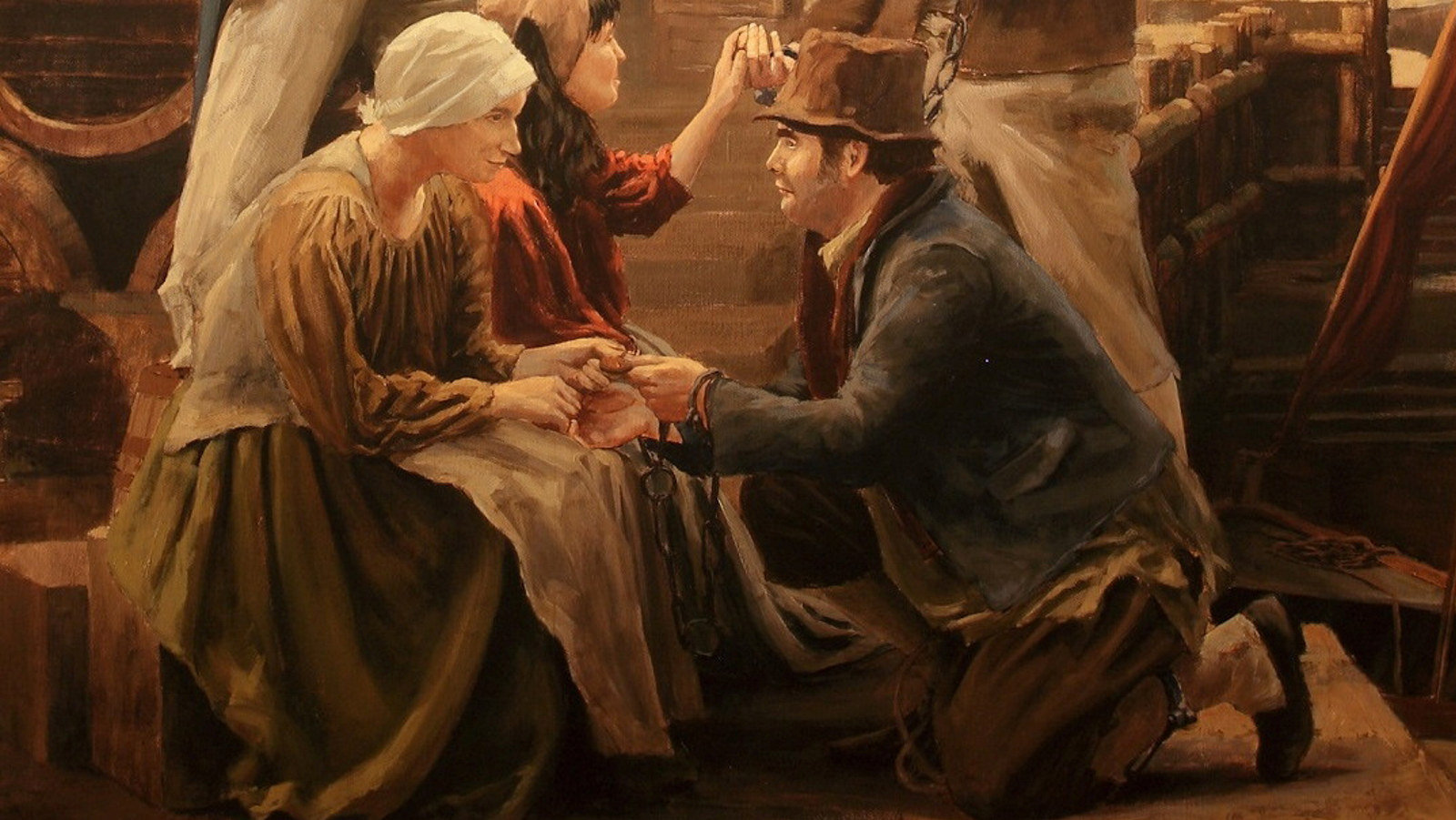
Activity: make your own convict love token
Learn about convict love tokens and some of the convicts at the Hyde Parks Barracks
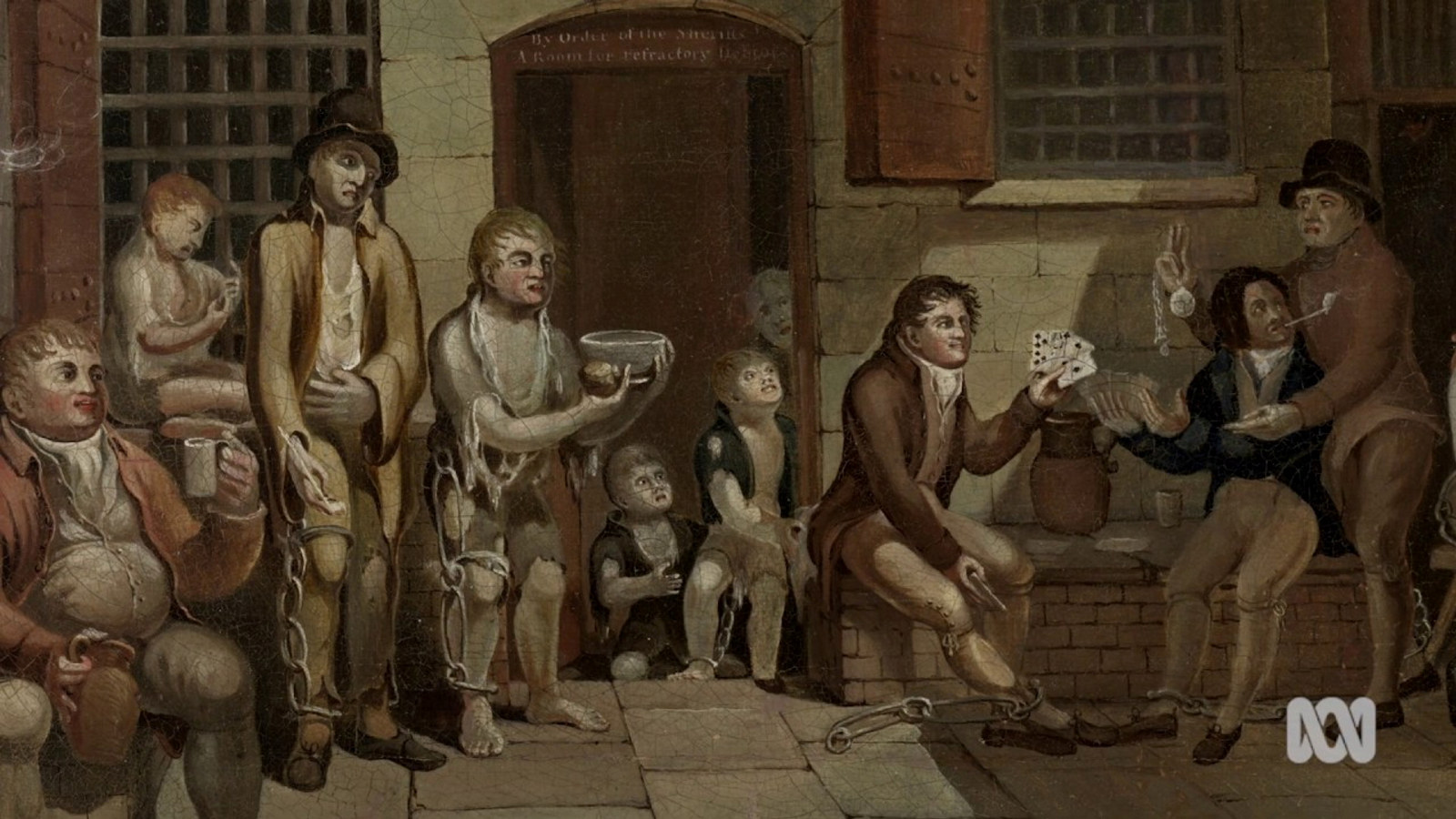
Child convicts of Australia
For more than 50 years, convicts were transported from Britain to New South Wales. These included children as young as nine years of age

Resource
Day in the life of a convict
Between 1819 and 1848 over 50,000 male convicts passed through the Hyde Park Barracks
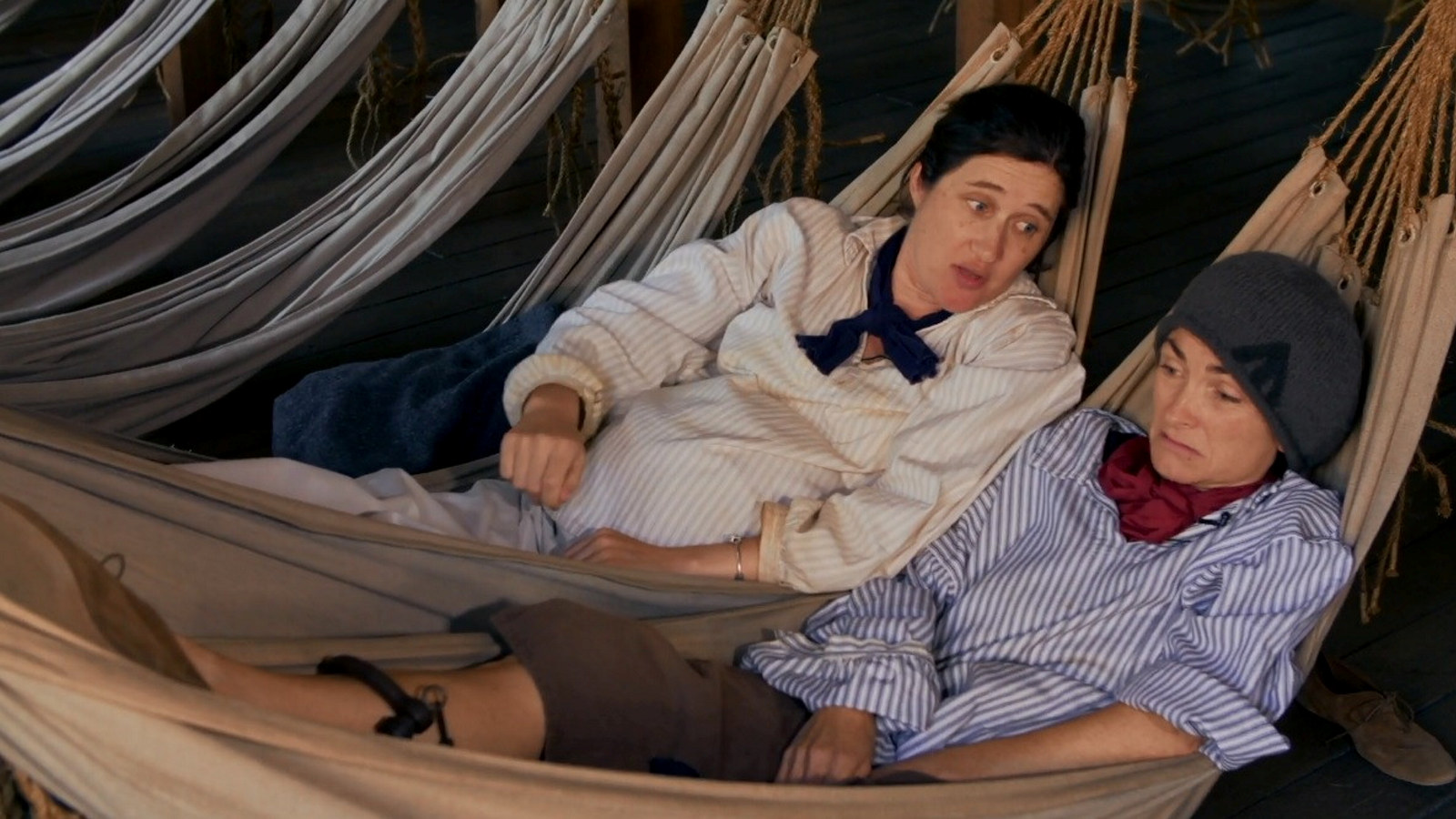
Transportation: one convict’s experience
What do we know about the lives of people in Australia’s colonial past?
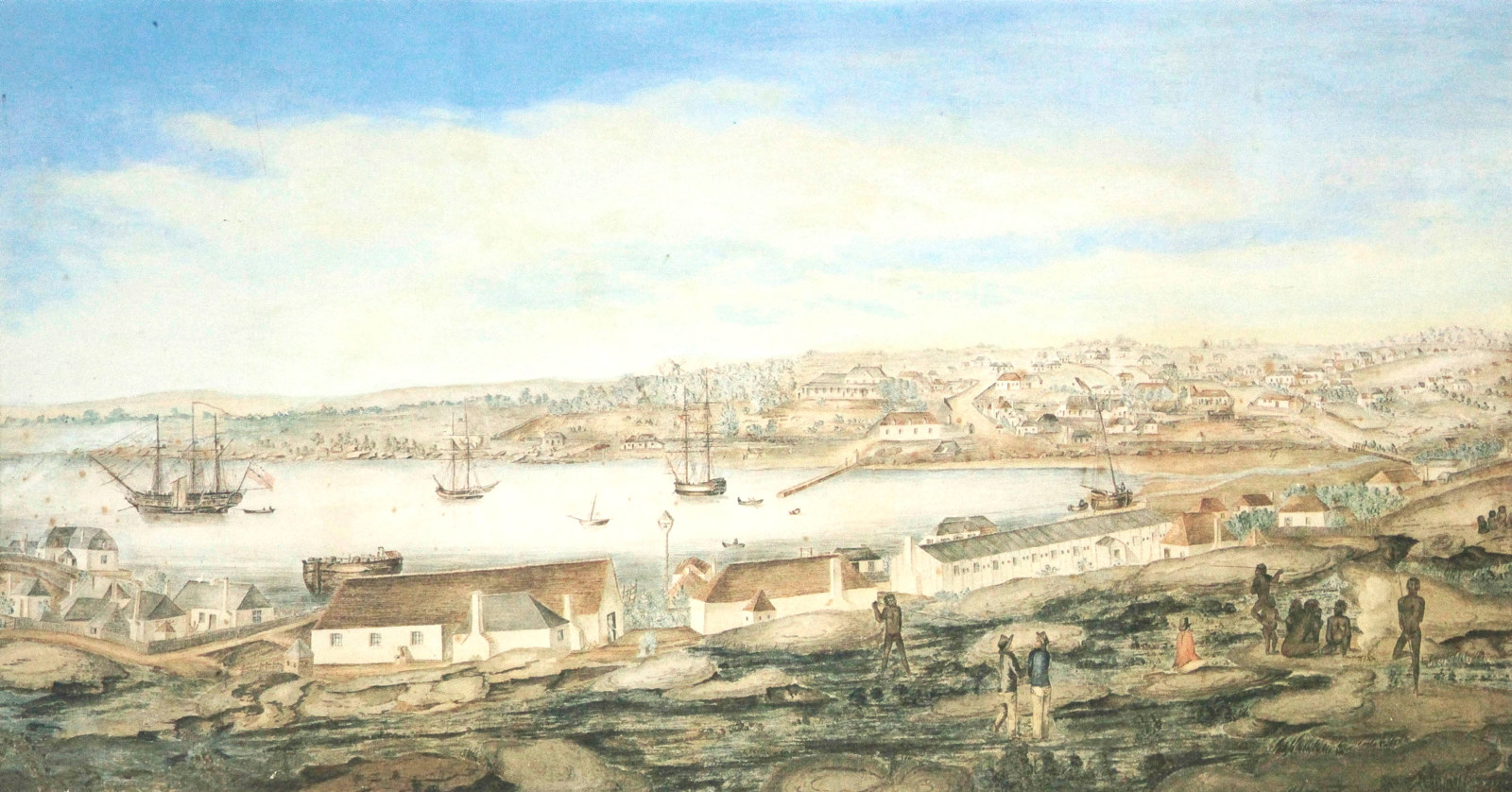
Resource
What was life in early Sydney like for convicts?
By 1801 Sydney had grown into a little village with streets and buildings
Stage 3

Resource
Terra nullius, Perspectives, Reconciliation
What was terra nullius? How can you examine Australian history from Aboriginal perspectives? How does understanding past decisions, help Reconciliation?
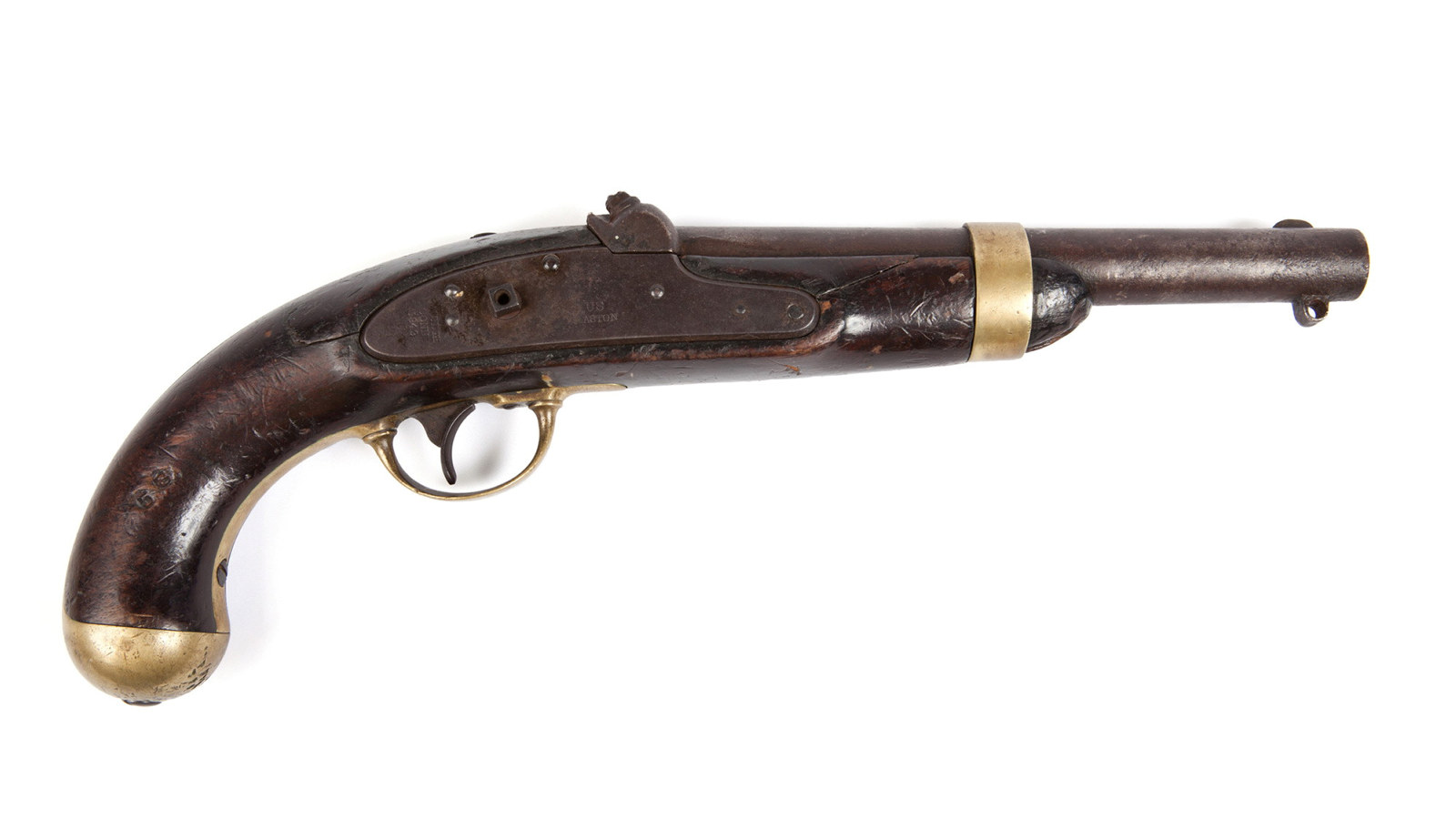
Were bushrangers villains or heroes?
During the colonial period bushrangers committed serious crimes. However, to some people they might have seemed impressive

Chinese on the goldfields
By the early 1850s, news of a gold rush in Australia sparked an influx in Chinese migration to Australia.

Convict Sydney
Female migration
For many women in the UK migration was seen as an opportunity to change their fortunes - to escape poverty, find work and start a family
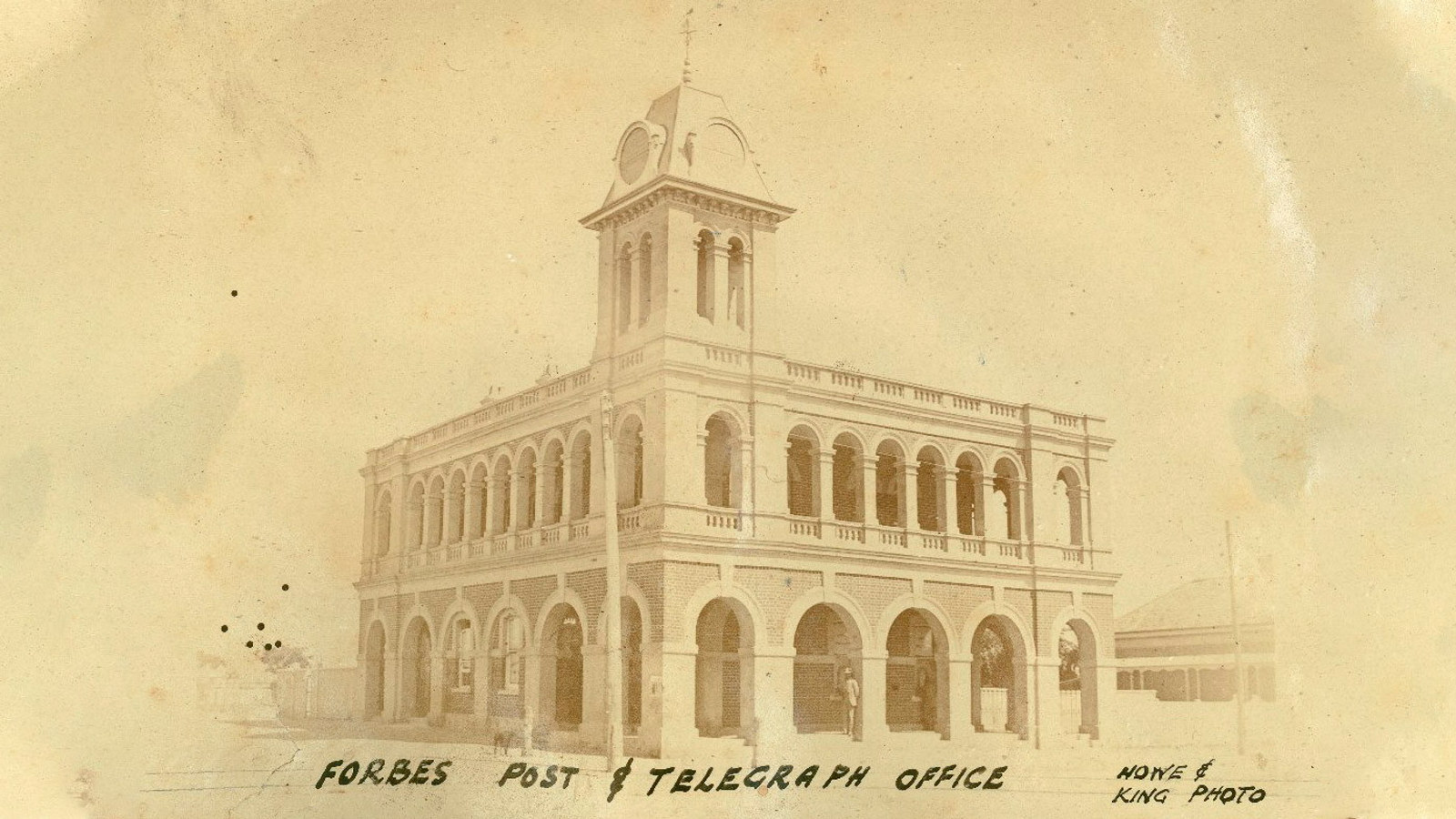
Resource
Electric telegraph in NSW
The electric telegraph revolutionised communication throughout the colony

Resource
What does archaeology tell us?
Who were the secret archaeologists living at the Hyde Park Barracks?

Resource
Object analysis
Investigate what objects can tell us about the past by exploring these 3D scans of collection objects from MHSNW
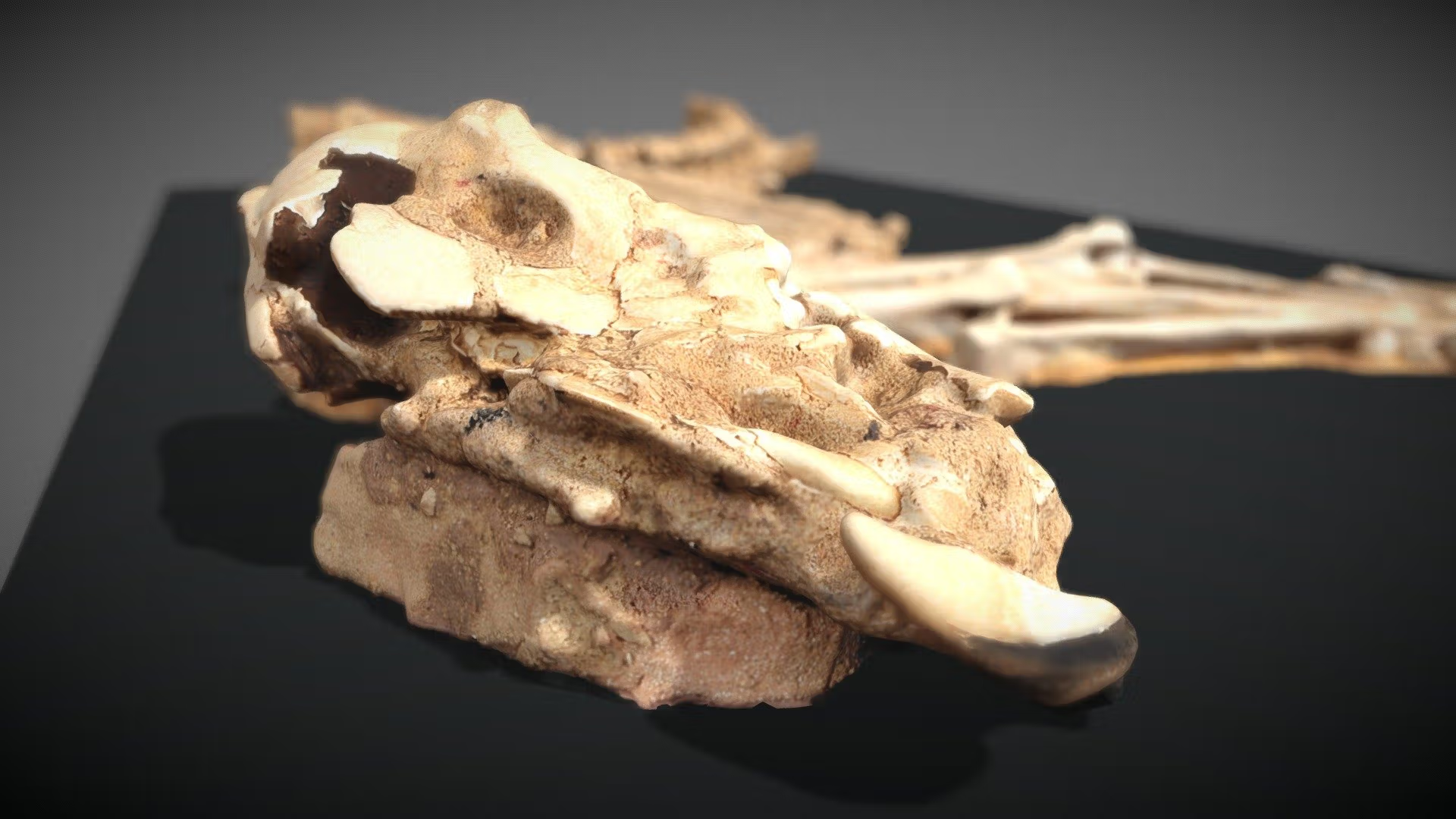
Resource
Digging up the past
Use this animal skeleton, found at the site of First Government House, to develop students’ archaeological investigation skills and knowledge of animal biology

Resource
The Gold Rush
How does this object relate to the Gold Rush and, if you struck lucky, what could a gold sovereign buy you in the 1850s?
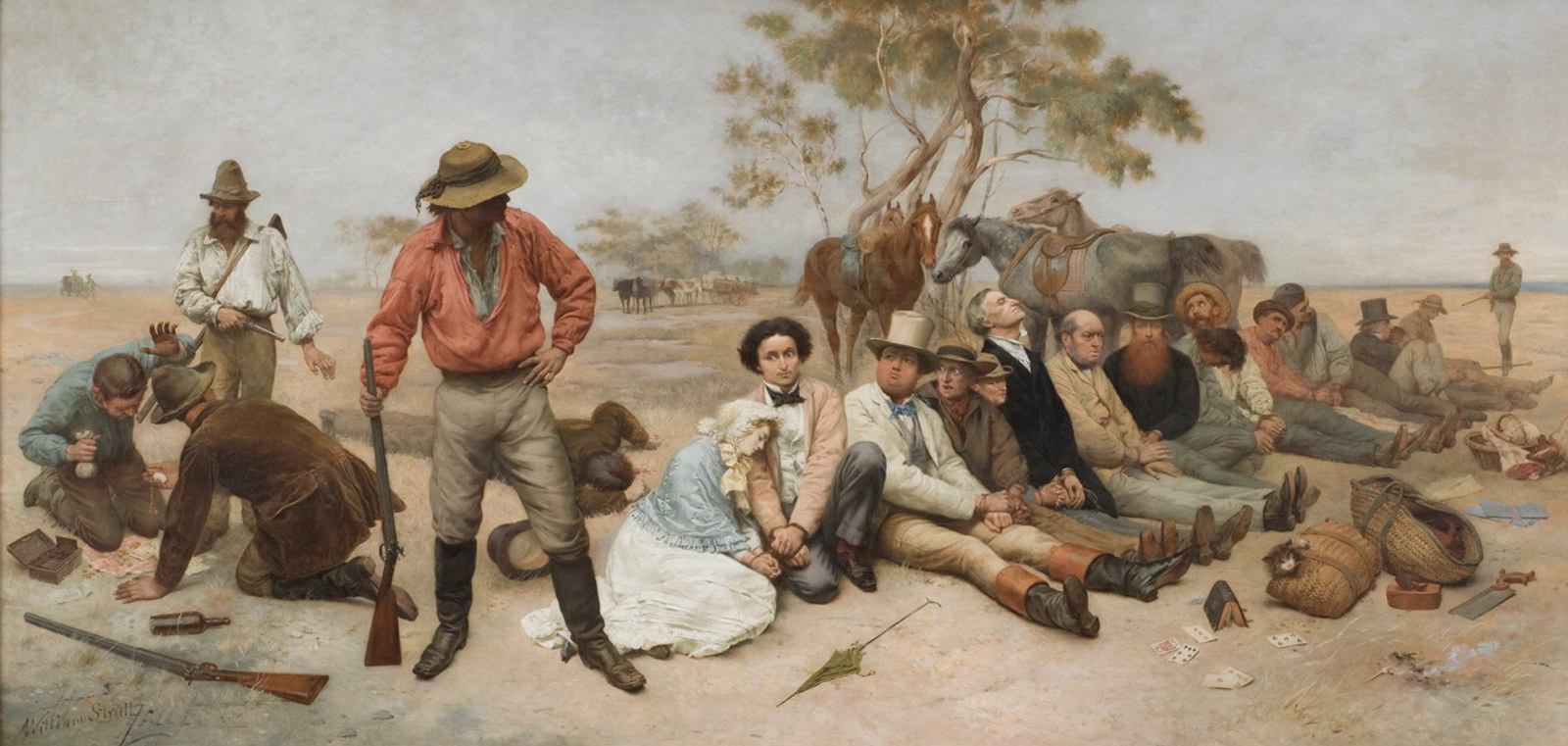
Resource
Troopers, Trackers, Bushrangers and their weapons
The three phases of the war against bushrangers
Secondary resources
A range of online resources designed to support student learning in the classroom or at home.
Stage 4

Resource
What does archaeology tell us?
Who were the secret archaeologists living at the Hyde Park Barracks?
Stage 5
Stage 5: Depth Study 3 Australians at War
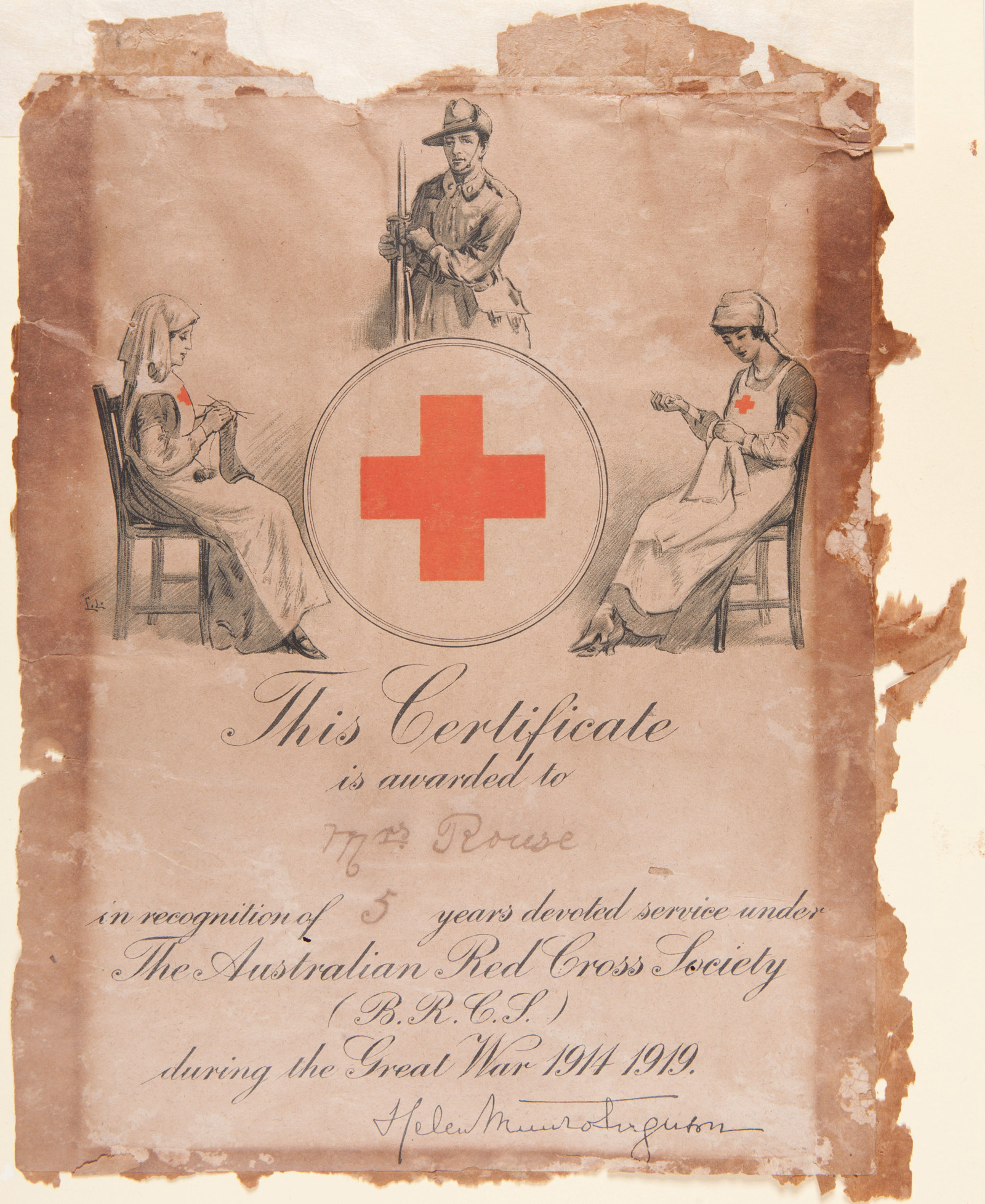
WW1
Home Front
As the war stretched on, thousands of women at home in Australia supported the war effort by volunteering for patriotic fundraising activities
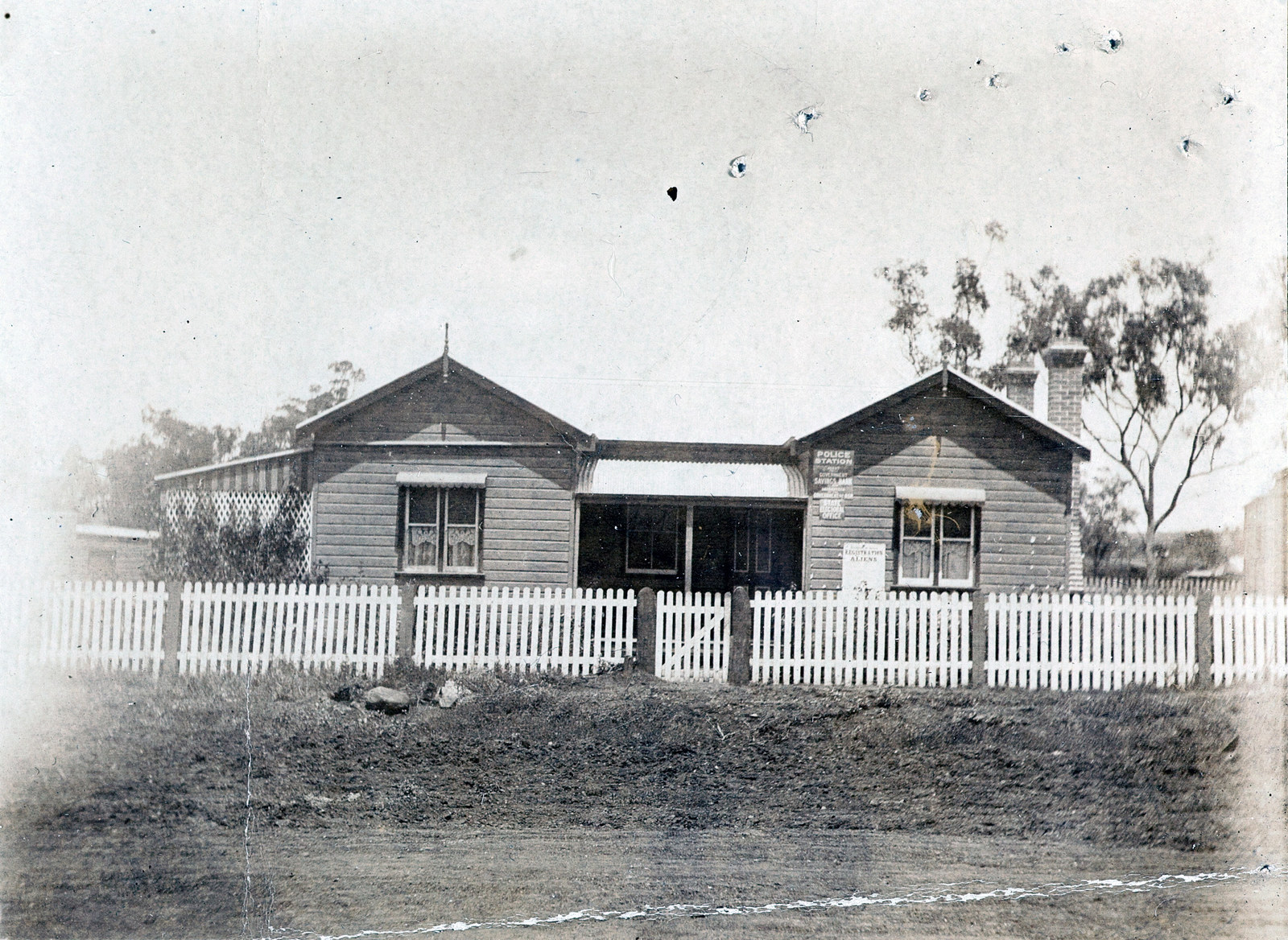
WW1
Registering aliens
On 10 August 1914, less than a week after Australia entered World War I, the Australian government defined a new type of resident: the enemy alien
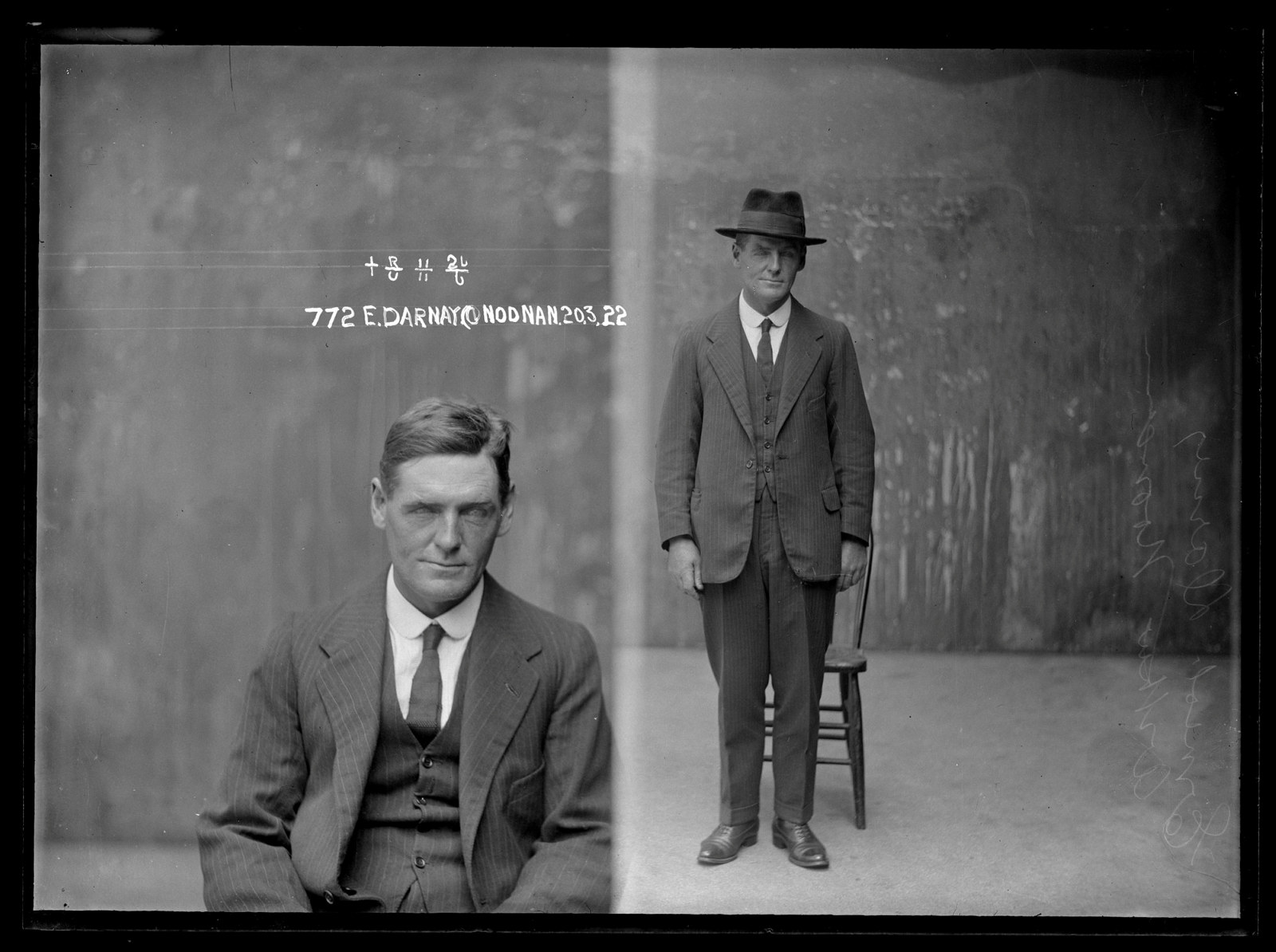
WW1
Fallen hero of Flanders
In 1922, petty criminal Arthur Ernest Noonan was arrested by Sydney police to face charges of conspiracy to defraud
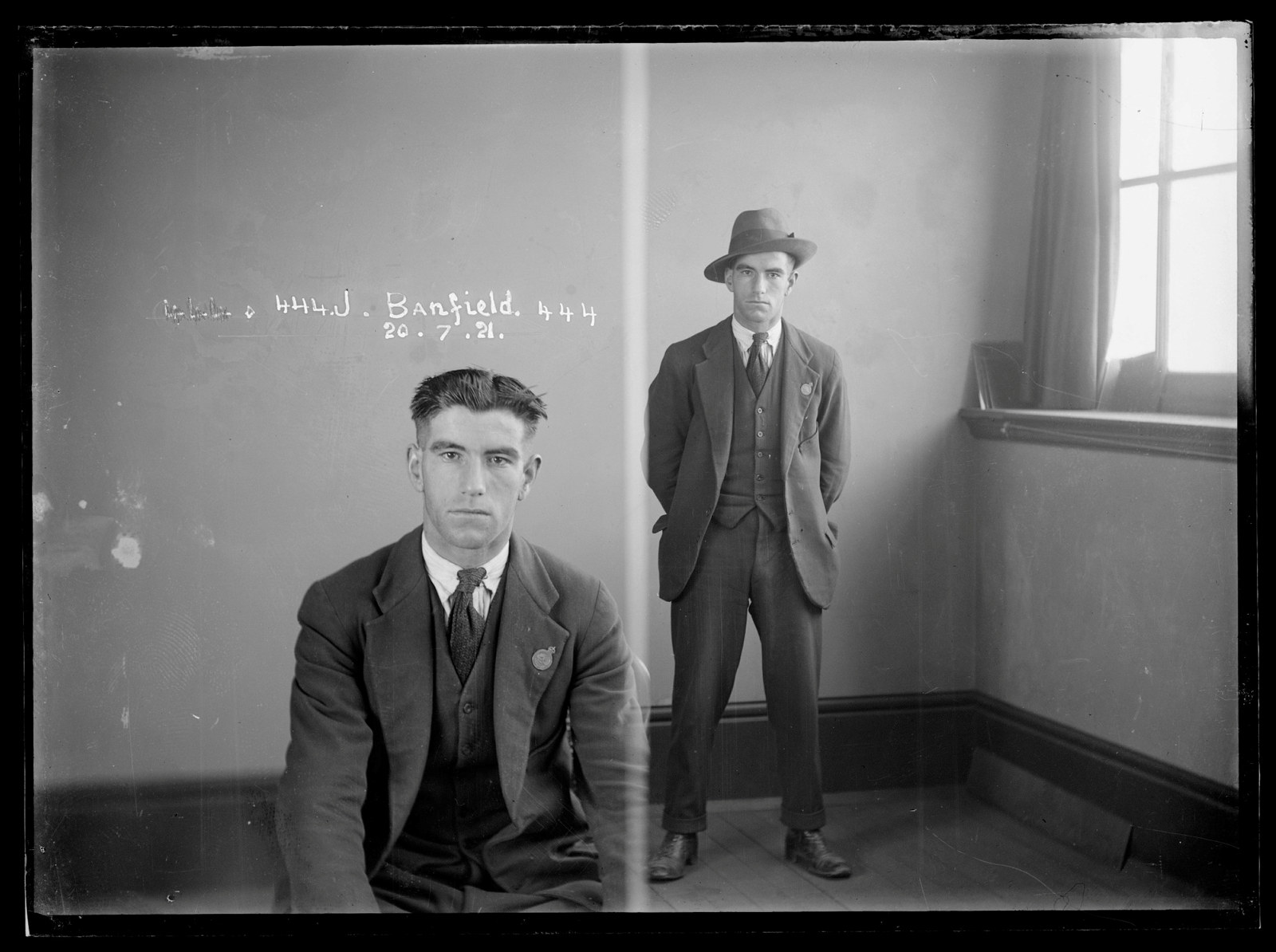
WW1
Returned from active service
In July 1921 James Arthur Banfield was arrested by Sydney police, photographed and charged on three counts of larceny
